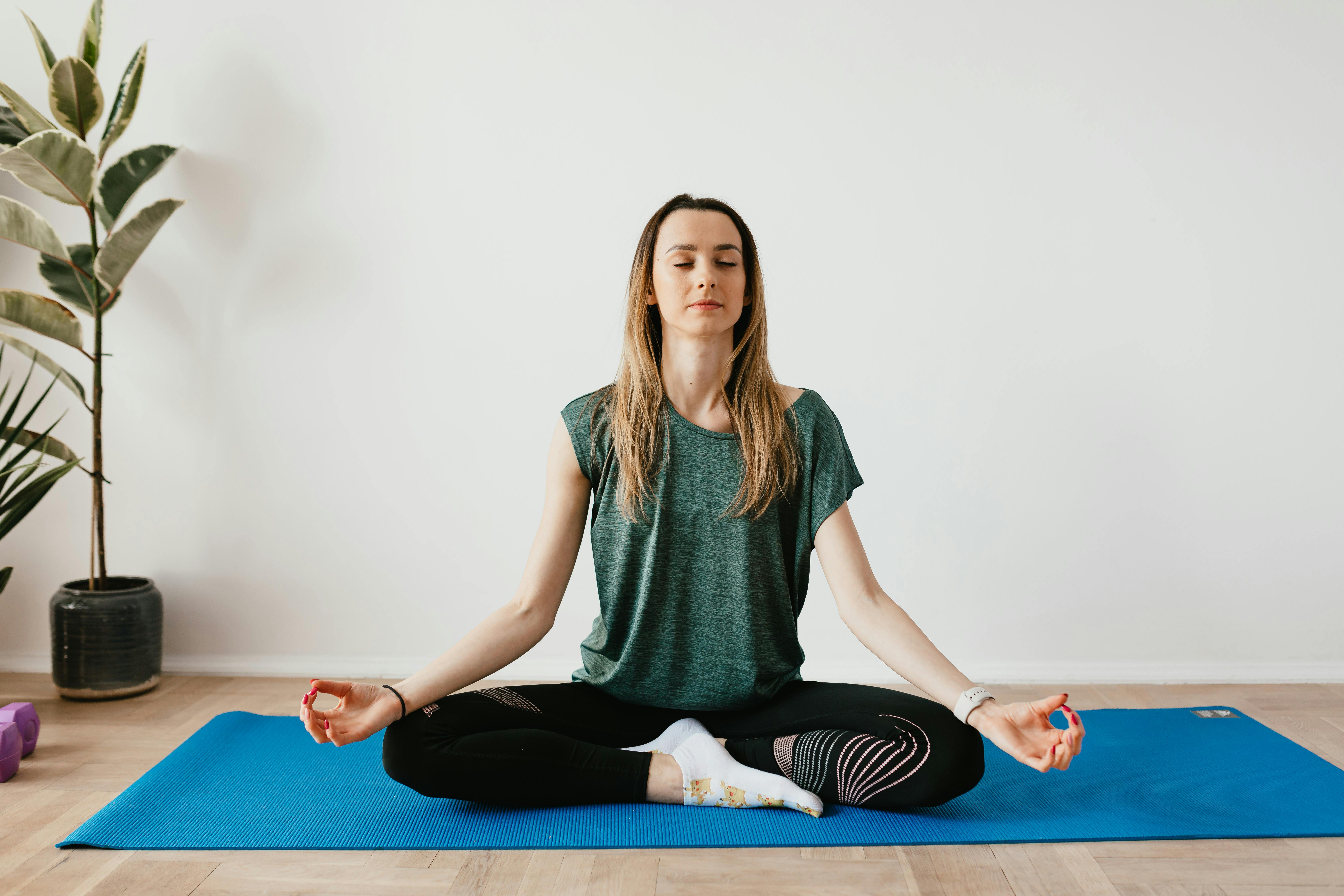The Power of Mindfulness: How to Cultivate Presence in a Distracted World
Introduction
In an era of constant notifications, multitasking, and endless to-do lists, the art of being fully present feels almost revolutionary. Mindfulness—a practice rooted in ancient Buddhist meditation but validated by modern psychology—offers a refuge from the chaos.
This blog explores:
- The science behind mindfulness
- Its transformative benefits
- Practical steps to integrate it into daily life
Section 1: Understanding Mindfulness

Photo from Pexels
Definition
Mindfulness is the intentional act of observing the present moment—thoughts, emotions, and physical sensations—without judgment. It’s not about emptying the mind, but about witnessing it with curiosity.
The Science Behind It
- Neuroplasticity: Mindfulness meditation thickens the prefrontal cortex and shrinks the amygdala (Harvard Medical School, 2011)
- Stress Reduction: As effective as antidepressants for anxiety relief (JAMA Internal Medicine, 2013)
- Focus Boost: Linked to improved attention spans (Stanford University)
Section 2: Why Mindfulness Matters
1. Mental Health
- Reduces rumination (repetitive negative thoughts)
- Lowers cortisol levels (stress hormone)
2. Physical Health
- Lowers blood pressure (American Heart Association, 2017)
- Enhances immune function by reducing inflammation
3. Relationships
- Promotes active listening, deepening connections
- Encourages non-judgmental awareness, reducing conflict
Section 3: Practical Mindfulness Techniques
1. Mindful Breathing (5-Minute Exercise)
- Sit comfortably, close your eyes
- Inhale for 4 counts, hold for 4, exhale for 6
- Gently return focus to your breath when distracted
Pro Tip: Use apps like Headspace or Insight Timer for guided sessions.
2. Sensory Grounding (5-4-3-2-1 Method)
When anxious, pause and name:
- 5 things you see
- 4 things you touch
- 3 sounds you hear
- 2 smells you notice
- 1 taste
3. Mindful Eating
- Eat slowly, savoring each bite
- Notice textures, flavors, and your body’s response
4. Walking Meditation
- Walk slowly, feel each step's lift and fall
- Sync breath with steps (e.g., inhale for 3 steps, exhale for 4)
5. Digital Detox
- Designate “screen-free” hours (e.g., during meals or before bed)
- Replace scrolling with journaling or stretching
Section 4: Overcoming Common Challenges
- "I don’t have time": Start with 1 minute/day—even brushing your teeth mindfully counts
- "I can’t stop thinking": Thoughts are normal. Observe them like clouds passing by
- Frustration: Progress isn’t linear. Celebrate small wins
Conclusion
Mindfulness isn’t a quick fix, but a lifelong practice. By anchoring yourself in the present, you reclaim control over your mental and emotional well-being.
“Wherever you go, there you are.” – Jon Kabat-Zinn
Call to Action:
- Try one technique today and note the difference
- Share your experience in the comments



0 Comments